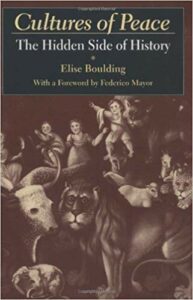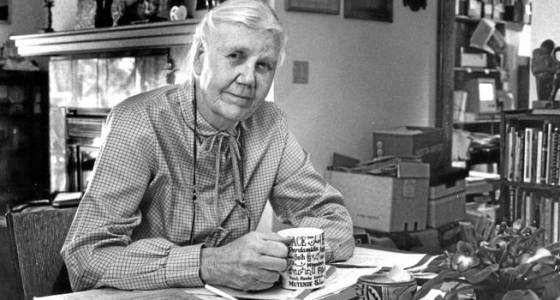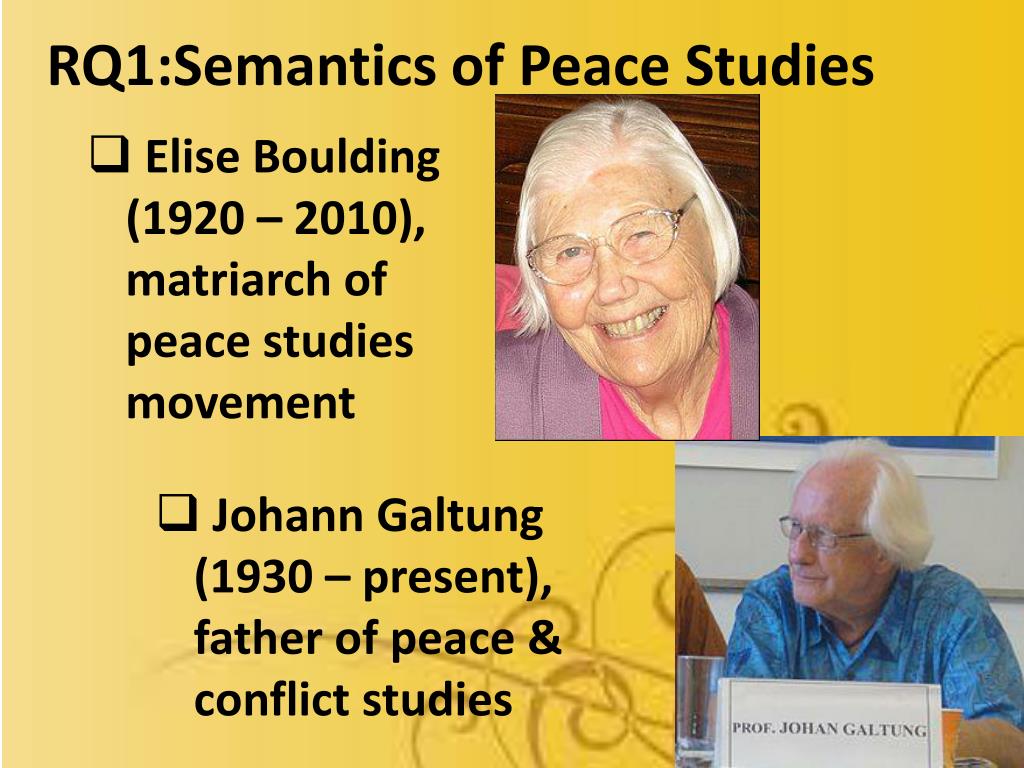Cultures of Peace: The Hidden Side of History
CONFLICT RESOLUTION - MEDIATION, NONVIOLENCE, HISTORY, REVIEWS, 9 Dec 2019
Anne Goodman | Peace Magazine – TRANSCEND Media Service
Cultures of Peace: The Hidden Side of History by Elise Boulding, Syracuse University Press, 2000
 The “culture of peace” may be a phrase that has entered our lexicon only recently, but the concepts behind it are not new. In fact, they are ideas that are particularly familiar to Elise Boulding, and her book, Cultures of Peace: The Hidden Side of History, is both an encapsulation of her life work and a cogent description of the culture of peace.
The “culture of peace” may be a phrase that has entered our lexicon only recently, but the concepts behind it are not new. In fact, they are ideas that are particularly familiar to Elise Boulding, and her book, Cultures of Peace: The Hidden Side of History, is both an encapsulation of her life work and a cogent description of the culture of peace.
We are now at the end of the U.N. International Year for the Culture of Peace (2000) and at the beginning of the Decade of Peace and Nonviolence for the Children of the World (2001-2010). Boulding is appreciative of the role of the United Nations and especially UNESCO in formulating these programs, inviting former UNESCO Secretary-General Federico Mayor to write the book’s foreword. But what she describes is much more than a U.N. program, however comprehensive.
Cultures of Peace is ambitious in scope. It takes a long view over time, incorporating both the past and the future, along with the present. It also takes a broad view over the globe. Boulding examines not just the dominant cultural forms, but the alternatives that exist: the Two-Thirds World along with the One-Third; the cultures of everyday life, as well as the public sphere that enters the news and the history books; the hoped-for worlds that have yet to materialize alongside the values and social structures of the world we actually have. The theme comes from Boulding’s orientation as an activist social scientist, espousing the need to understand the world so we can change it. Rejecting essentialist positions, she asserts that humans have the potential for both peaceable and warlike behaviors, for cultures of violence as well as cultures of peace.
The UNESCO Culture of Peace program, and indeed its constitution, are based on this idea. It is no coincidence that Margaret Mead, who penned the formative words, “Warfare is only an invention, not a biological necessity,” is cited as both a key figure in the development of the UNESCO program and an important mentor for Boulding.
Without denying that our dominant culture is one of violence, Boulding sees cultures of peace all around us. The histories of the history books, the ones that tell of conquests, whether of other people or of nature, do not tell the whole story. In an earlier book, Boulding describes the largely untold history of women as the “underside of history.” In much the same way, she sees cultures of peace as having always existed alongside and in contradistinction to, the cultures of violence that have mainly predominated. Much of everyday living – the nurturing of families, the celebration of events, human creativity – represents examples of peace culture hidden from official view. Alongside the holy war doctrines existing in almost all religions are “peaceable garden” cultures. Boulding appreciates the role of utopian thinking as offering both creative ideas of what the world could be like, as well as a range of practical experiments, from small communities to massive national projects. Cultures of peace even exist in the dissatisfaction of those who are supposed to have it all, and Boulding points to the burgeoning men’s anti-violence movement and the voluntary simplicity movement.
Boulding sees the current dominant culture as the culture of war. She reminds us, however, that the peace movement and grass roots organizations have for years offered peaceable alternatives, and that this thinking has become more developed, integrative, and appreciative of the emergent concepts of mutuality and interdependence.
The culture of violence does not value and promote diversity; consequently, there are voices we have not heard – women, children, the Two-Thirds World, indigenous people. Boulding sees these voices as crucial because they have been marginalized. Being outside the power structures, they have had more freedom to develop, and Boulding sees great potential in creative partnerships between the marginalized and the power makers, many of whom are becoming uncomfortable with their roles.
Cultures of Peace is a valuable and important book, offering historical analysis and future projections, views from the centre and the margins, social systems description and activist prescription. In documenting that cultures of peace, in a myriad of forms, existed in the past, currently exist, and could transform our future, it reminds us that we have the potential for the making of peace, the literal meaning of pacifism. This makes it, above all, a book of hope.
________________________________________________
Anne Goodman is a Toronto-based peace educator.
Go to Original – peacemagazine.org
Tags: Culture of Peace, Elise Boulding, Johan Galtung, Literature, Nonviolence, Peace Research, Peace Studies, Reviews
DISCLAIMER: The statements, views and opinions expressed in pieces republished here are solely those of the authors and do not necessarily represent those of TMS. In accordance with title 17 U.S.C. section 107, this material is distributed without profit to those who have expressed a prior interest in receiving the included information for research and educational purposes. TMS has no affiliation whatsoever with the originator of this article nor is TMS endorsed or sponsored by the originator. “GO TO ORIGINAL” links are provided as a convenience to our readers and allow for verification of authenticity. However, as originating pages are often updated by their originating host sites, the versions posted may not match the versions our readers view when clicking the “GO TO ORIGINAL” links. This site contains copyrighted material the use of which has not always been specifically authorized by the copyright owner. We are making such material available in our efforts to advance understanding of environmental, political, human rights, economic, democracy, scientific, and social justice issues, etc. We believe this constitutes a ‘fair use’ of any such copyrighted material as provided for in section 107 of the US Copyright Law. In accordance with Title 17 U.S.C. Section 107, the material on this site is distributed without profit to those who have expressed a prior interest in receiving the included information for research and educational purposes. For more information go to: http://www.law.cornell.edu/uscode/17/107.shtml. If you wish to use copyrighted material from this site for purposes of your own that go beyond ‘fair use’, you must obtain permission from the copyright owner.
Read more
Click here to go to the current weekly digest or pick another article:
CONFLICT RESOLUTION - MEDIATION:
- The Visionary Palestinian Peace Plan for Israel and Gaza That You’ve Never Heard of
- TFF Portfolio for True Peace in Ukraine
- President Putin Reiterates the 14 Jun 2024 Conditions for Ending the War with Ukraine
NONVIOLENCE:
- The Disarming Force: Why Active Nonviolence Is Not the Same as Non-Violence
- Is Violence Justifiable in Self-Defense?
- US Veterans Fast against Israel’s Starvation of Gaza
HISTORY:
- They Want Our Rhythm, but Not Our Presence
- Karl Marx Letter to US President Abraham Lincoln in 1865
- History of US-Iran Relations: From the 1953 Regime Change to Trump Strikes
REVIEWS:

